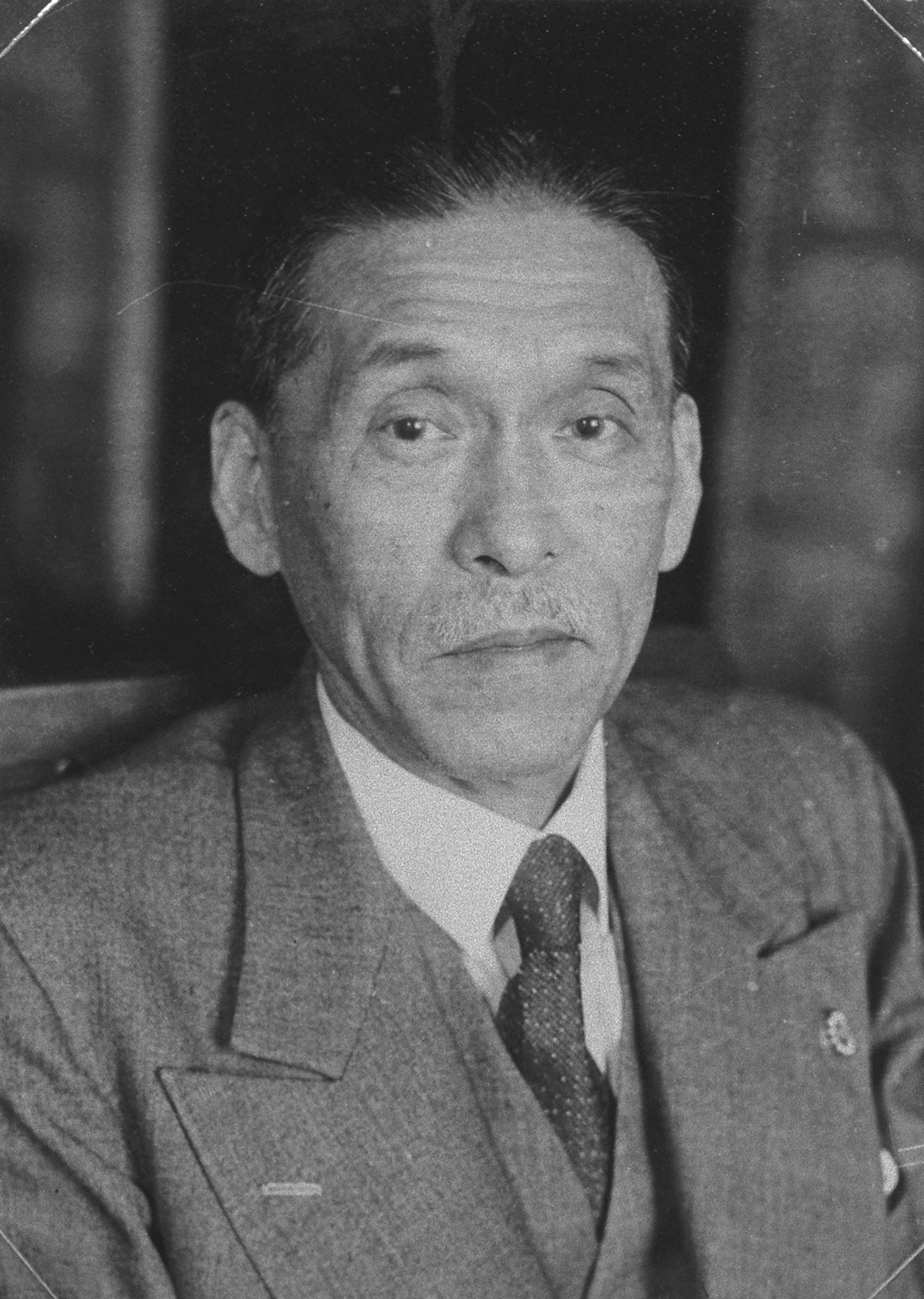Hitoshi Ashida
| Hitoshi Ashida | |
|---|---|
| 芦田 均 | |
 |
|
| Prime Minister of Japan | |
|
In office 10 March 1948 – 15 October 1948 |
|
| Monarch | Shōwa |
| Governor | Douglas MacArthur |
| Preceded by | Tetsu Katayama |
| Succeeded by | Shigeru Yoshida |
| Personal details | |
| Born |
15 November 1887 Fukuchiyama, Japan |
| Died | 20 June 1959 (aged 71) Tokyo, Japan |
| Political party | Liberal Democratic Party (1955–1959) |
| Other political affiliations |
Constitutional Association of Political Friendship (Before 1945) Liberal Party (1945–1947) Democratic Party (1947–1950) People's Democratic Party (1950–1952) Kaishinto(Reformative Progressive Party) (1952–1954) Japan Democratic Party (1954–1955) |
| Alma mater | Tokyo Imperial University |
| Signature |  |
Hitoshi Ashida (芦田 均 Ashida Hitoshi?, 15 November 1887 – 20 June 1959) was a Japanese politician who served as the 47th Prime Minister of Japan from 10 March to 15 October 1948. He was a prominent figure in the immediate postwar political landscape, but was forced to resign his leadership responsibilities after a corruption scandal (Shōwa Denkō Jiken) targeting two of his cabinet ministers.
Ashida was born in Fukuchiyama, Kyoto and studied French civil law at Tokyo Imperial University. After graduation, he worked in the Ministry of Foreign Affairs for twenty years.
In 1932, Ashida ran his first successful campaign for a seat in the House of Representatives as a member of the Seiyūkai Party. He sided with Ichirō Hatoyama's "orthodox" wing following the Seiyukai's split in 1939.
After the war, Ashida won a seat in the new Diet as a member of the Liberal Party,from which he split to merge with Kijūrō Shidehara's Progressive Party to form the Democratic Party. Ashida was elected president of the new party, and became Minister of Foreign Affairs in 1947 under Socialist prime minister Tetsu Katayama.
He also chaired the Committee on the Bill for Revision of the Imperial Constitution, and served as the chairman of the Kenpō Fukyū Kai, a society created to promote the revised Constitution of Japan, from 1946-1948.During his term, he made a key amendment to Article Nine of the planned Japanese Constitution, which enabled the creation of the Japanese Self-Defense Force.
...
Wikipedia
